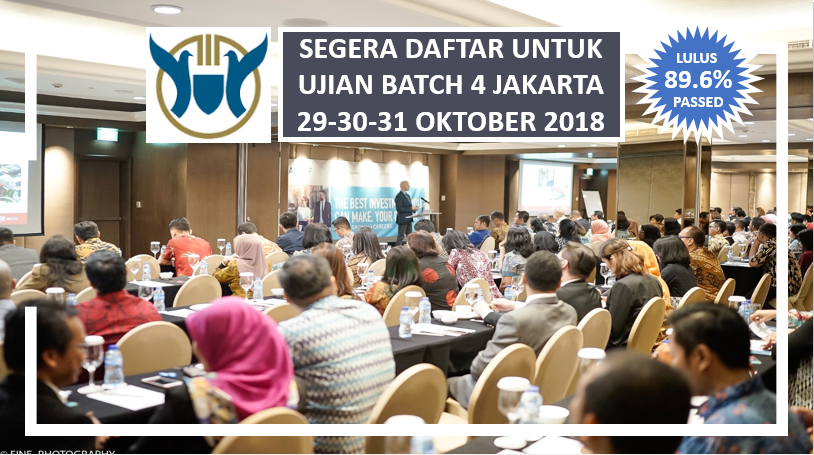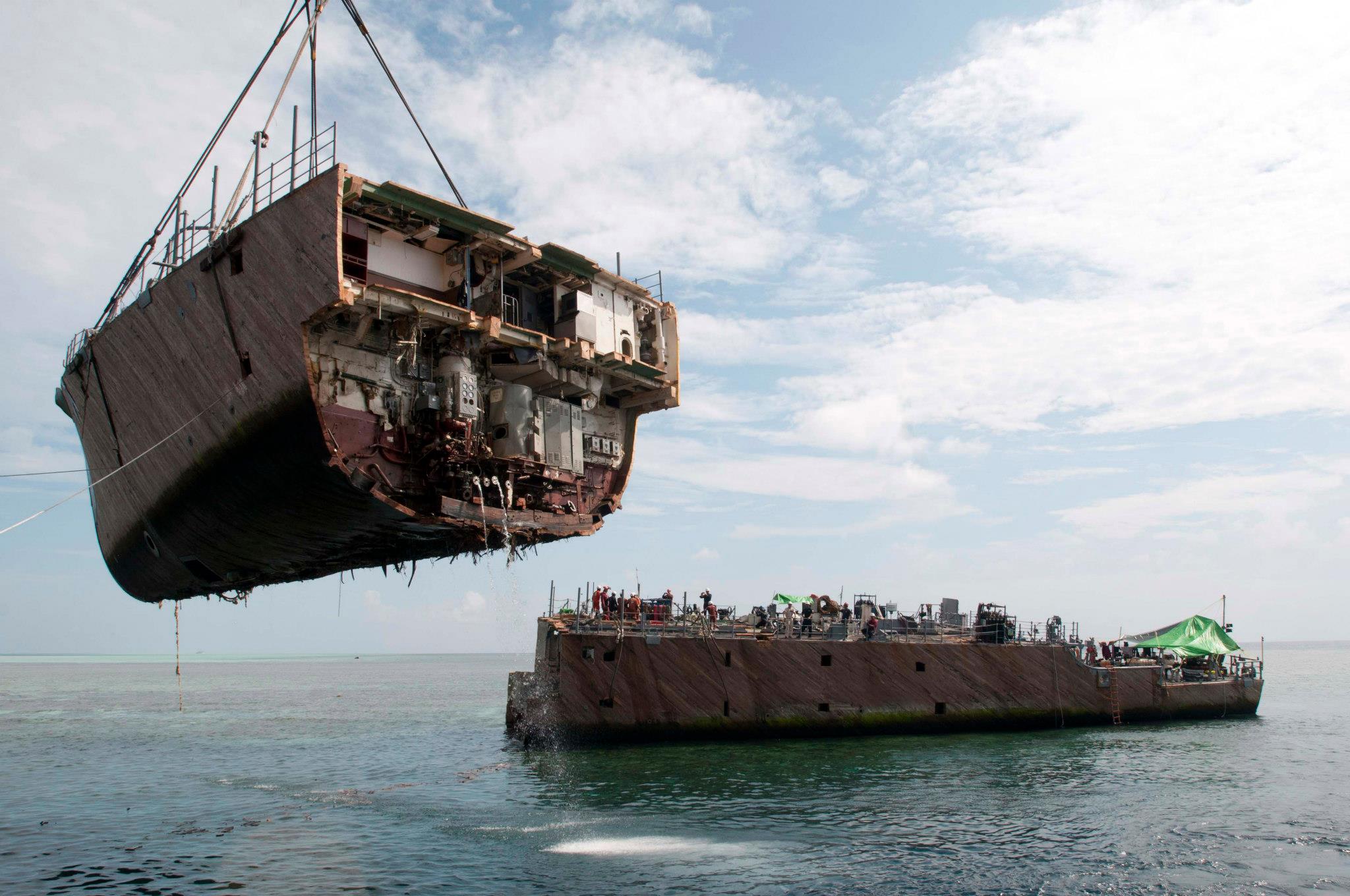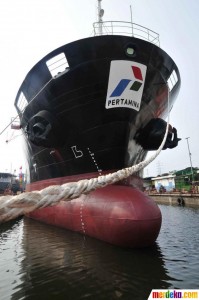Additional Insureds and Policy Exclusions (in CGL Policy)
- Thursday, April 1, 2010, 7:12
- General Liability, General Liability (CGL), Liability Casualty
- Add a comment
In Stolberg v. Pearl Assurance Co. [1971] S.C.R. 1026, three construction companies were the Named Insured under a CGL policy and the president of the companies was added to coverage by way of a separate endorsement which read:
“It is hereby understood and agreed that the name of the Insured on the Policy to which this endorsement is attached is as follows and ceases to read as heretofor written.
“Stolberg Mill Construction Ltd. and/or Stolberg Construction (1957) Ltd. and/or Stolberg Installation Ltd. and/or John Stolberg as their interests may appear”
It is further understood and agreed that this said policy shall cover John Stolberg only with respect to liability arising out of the operations of Stolberg Mill Construction Ltd. and/or Stolberg Construction (1957) Ltd. and/or Stolberg Installation Ltd.”
(emphasis added)
One of the employees of the corporate insureds was killed during a building collapse. The insurer denied coverage to all insureds on the basis of the policy exclusion respecting bodily injury “sustained by any employee of the Insured while engaged in his duties as such”. Judgment was ultimately granted against John Stolberg who had been personally sued and he brought action to enforce coverage under the CGL policy.
The Supreme Court of Canada held that the exclusion did not apply to the coverage afforded to Mr. Stolberg. The exclusion was to be interpreted as excluding coverage only for the actual employer of the employee plaintiff. Since Mr. Stolberg was not the employer, the exclusion had no application and he was entitled to coverage under the policy.
The case stands for the proposition that the policy terms and conditions do have application to Additional Insureds but, as with any multiple insureds scenario, the particular application of any given exclusion will depend upon the language of same.
Contrast the Stolberg case with the outcome in another Supreme Court of Canada decision considering an Additional Insured endorsement, Foundation of Canada Engineering Corp. v. Canadian Indemnity Co. [1978] 1 S.C.R. 84. There, the insured Fenco was added to the CGL policy by way of an endorsement which provided “but only with respect to the construction, erection and installation of [a specified plant]”. Fenco was in charge of the structural engineering for the plant and, during its construction, acted as construction manager. When it was subsequently sued following the collapse of the building, it turned to the CGL insurer for indemnity but coverage was denied based on the exclusions which excluded claims for,
“. . . damage to or destruction of . . . a work done by or for the Insured, where the cause of the occurrences defect in such products or work . . . ,
. . . third party liability assumed by the Insured under contract for construction or demolition operations.”
The Court affirmed the denial of coverage holding that both exclusions clearly applied to the Additional Insured in the circumstances of the case.
Copied from Nigel P. Kent, The CGL Policy and the Additional Insured Endorsement in Canada by Nigel P. Kent Clark Wilson LLP, tel. 604.643.3135, npk@cwilson.com, © 2006 Clark Wilson LLP www.cwilson.com
About the Author
Write a Comment
Gravatars are small images that can show your personality. You can get your gravatar for free today!







